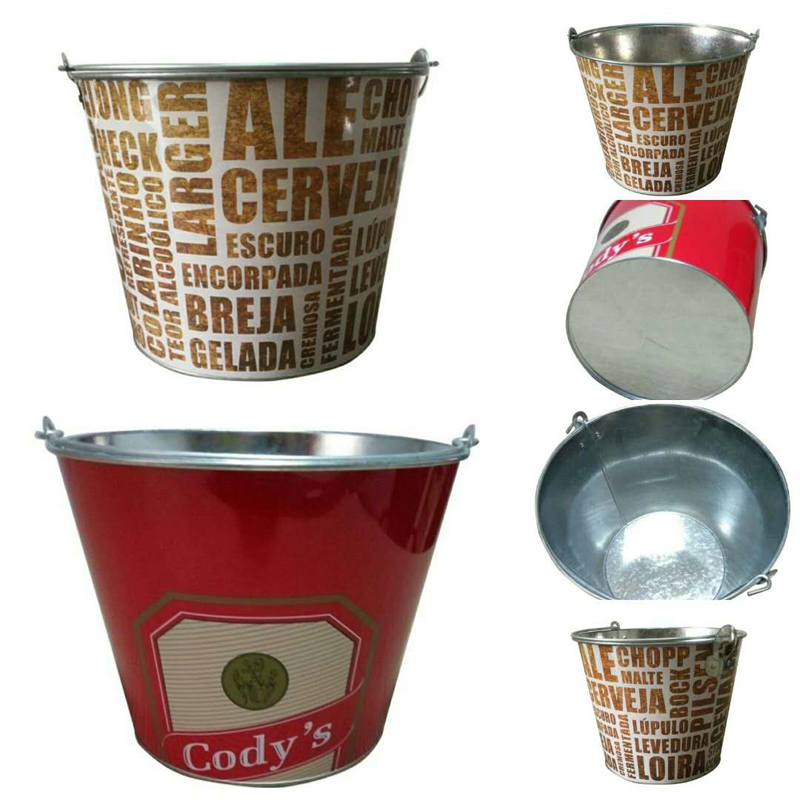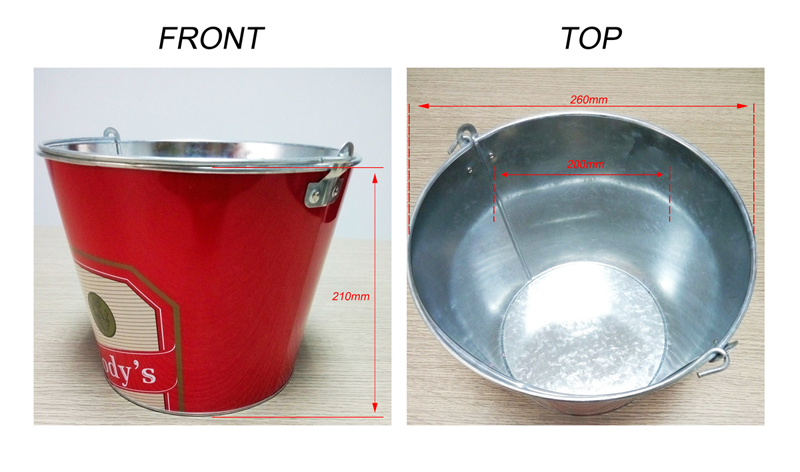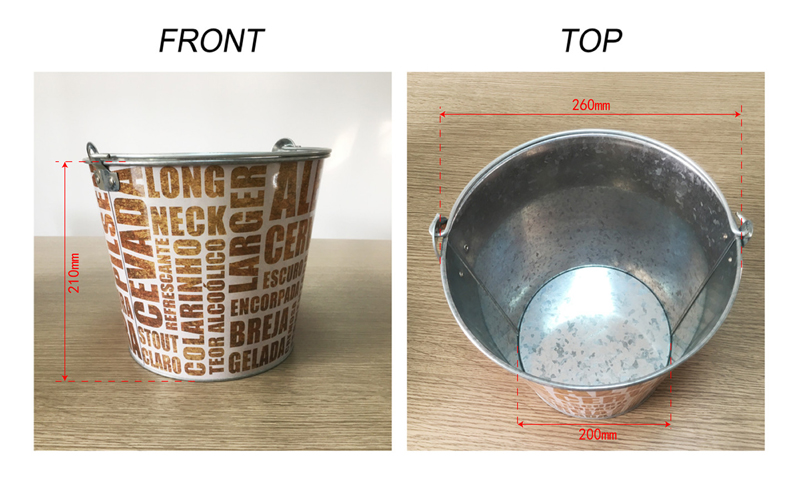Each journal's editorial department has a set of methods for editing and closing schools, but they are not all aware of how to get good print quality. This article attempts to provide personal opinions on the basic requirements for printing quality and editors' methods for judging the quality of prints in order to obtain a consensus for the publication of high quality journals. 
1 Basic requirements for periodical print quality
1.1 Appearance quality and finished product size
To inspect the appearance quality of periodical prints, we must first pay attention to whether the finished product size conforms to the state regulations, whether it meets the tolerance standards, whether the layout is clean, whether the ink is uniform, there are no obvious stains, and how the cover design is printed. 
(1) Finished product size.
According to the GB 788-87 publication size standard promulgated in 1987, for all kinds of open periodicals no larger than 6K, the tolerances of the isotropic dimensions are ≤0.8mm, and all kinds of open-editions with not less than 4k are allowed to have an isotropic size tolerance. ≤1.0mm. The standard sizes of general journals and periodicals should be four cuts of full-length paper with folded long sides. In order to be consistent with the size of international journals, journal paper should be 860mm x 1230mm, A4 16-sheet paper, nominal size 210mm x 297mm. 
(2) Appearance specifications. 
All contents in the journal that have symmetry requirements are centered, with a tolerance of ≤ 0.5mm, stencilless, nailed, dirty, and bar. 
The writing is clear, and the number of fuzzy stylus strips per sheet must not exceed two. The tolerance for the handing over of the table frame is ≤ 0.5 mm, and the numbers of the 6th and the lesser than 6th characters are not mistyped. The text should be clear and easy to read, and it should be meticulous. The lines and words in the chart should be clear and concise. 
(3) Cover design printing. 
Cover pattern. The cover is an image design. Under normal circumstances, the cover pattern will remain unchanged for a long time. The cover pattern changes and the journal should issue a notice in advance. Because the cover pattern is very important, the manuscript must be strictly followed during printing to reproduce the original. 
Pattern coloring. In general, it should be relatively stable, but it is not static. It is also possible to use one color for each period of the year. The hue should be accurate at the time of printing. 
In the case of an image, a journal is like an adult. Its image, name, and body are the same, but the clothes worn every day are not exactly the same. The problem is that it must be based on the original when printing. 
1.2 Printing Quality of Components in the Core
(1) The book is tidy.
The imprinting is clear and complete, the title word is not spent (faint), the annotations are clearly written, the graph lines are clear and easy to understand, and the tolerance of the border lines is ≤ 0.5mm. 
(2) Colors.
Copy true, natural, and coordinated. If you use a color background in the inner core, be careful not to make the color too dark, so as not to affect the reading of text information. If the illustration is a multicolor image, the surrounding colors should not affect the reading of the illustration. Be careful when printing.
(3) validation and pin positioning. 
Validation. It is advisable to make a full copy of the sample from left to right, from top to bottom, and check whether the content is complete, complete, and not skewed. Pay attention to the phenomenon that the entire line is not printed (it always appears). Then see if there are any errors in the headline, whether the text and line ink are uniform, there is no ghosting, the small prints are not pasted, the characters are not greyed out, and there is no shortage of paintings. Then see if the chart content is complete and the location is accurate. Finally, look at the various rules and labels are complete, whether there are dirty spots on the white, the ink is too large or too small. If it is normal, you can sign and print it. 
Pin positioning. When printing is required, the fitting is accurate. In the past, the use of visual rules for registering and fastening with transparent tape was not only time consuming but also often mistakes. Now only need to punch holes in the film, and set the film positioning hole on the pin, you can register, very convenient. 
(4) Arrangement of page numbers.
The following is a brief introduction to the common page numbering method using a piece of paper. First, fold the paper from right to left, rotate it clockwise by 90°, then fold it from right to left, rotate 90° clockwise, and then fold it from right to left. This type of 4 fold is called a post. Turn this post over 180° to start page numbering, from 1 to 32 pages to a post, the next post to 33 to 64 pages, and so on. Do not underestimate the 10mm, 3mm mark, because all the rules, corner lines, cutting lines, and D lines are to be cut off after the print is finished. 
(5) Detection of bookbinding quality. 
The center of the book page is accurate, the frame type is centered, and the pages are free of oil, dead folds, white pages, scraps, breaks or chamfers. 
The page number and page layout of the signatures are correct, and the line numbers of the associated signatures are neat, and the position of the pages of the two-page spread should be symmetrical. The tolerance should be ≤ 3 mm, and the tolerance of the position of the book core page should be ≤ 4 mm. The standard labeling arrangement is ladder-shaped, and if there is a missing one, white appears, indicating how many pages there are missing. If the label labels overlap, it indicates that there are more pages of this pattern. This facilitates the proofreading of journals. 
The above basic requirements are mostly based on quantitative methods for judging the printing quality. However, in fact, the editors get the printed products. At this time, some quantitative data cannot be obtained, and only the quality of the printed products can be judged qualitatively. .
2 Editing Some Methods for Judging Print Quality
Printing quality is not only a matter for the printing factory but also for editing the tube. However, the editors cannot master all the knowledge about printing, and they lack the instruments and equipment for testing. To judge the printing quality, it is necessary to summarize a number of more intuitive methods. 
2î€1 conversion detection method
Certain indicators of print quality are difficult to detect directly without special inspection equipment, such as the number of grams in a paper specification, which indicates the quality of each printed sheet. The masters in the printing factory can often judge the specifications of the paper based on experience, and can also use appropriate instruments to inspect. Editors can use indirect methods to detect paper specifications, such as weighing the weight of a finished book or periodical, and writing the original and page numbers to convert the corresponding grams of paper. The empirical formula is:
Grams = αΚΜ/Y
In the formula: Κ is the open number, Y is the number of pages, Μ is the quality of the inner core, α is the coefficient considering the size of the original and the impact of the cutting edge, large open α = 1.27, small opening α = 1.12. 
In this way, paper and specifications can be detected by indirect methods. This class can also detect other indicators, and even can be made into a simple number table. 
2.2 Comparison detection method
Some printing quality indicators are more difficult to grasp, such as the whiteness of the paper, the depth and uniformity of the ink, etc. Accurate judgment must have a wealth of experience and special equipment. As an editor, if you do not have the above conditions, you can use the method of comparison with other printed matter to judge the relative quality. It should be said that it is now also possible to select some of the publicly-proven high-quality printed matter as a reference for comparison. 
When selecting a reference, note that the first one is the same or similar in size, like 80 g of offset paper or the same 52 g of writing paper. Different sizes of paper are different in texture and visual sense; the second is the same process , As with printing or offset printing, the printing process is different, and the printing quality is objectively different.
2.3 Fuzzy Detection Method
A book's bookbinding quality has strict quality indicators, but editors can't judge it completely, and in most cases it is not necessary. In practical work, it is often only necessary to obtain a vague evaluation. Such as books and magazines have been firmly fixed, binding is neat and so on.

There are two methods for fuzzy detection. One is that the surface is blurred. As for the fastness of binding, the amount of bookbinding under which the book was supposed to be measured is destroyed. However, as long as there is roughly one number, it is not necessarily accurate. Experienced editors often shake the front cover of a book or some pages of the core to see if the book is loose or loose, and you can roughly evaluate the fastness of binding. The other is a feeling of confusion. If checking the binding is neat, you can quickly turn the corner of the book, while looking at the page number of the book or eyebrow line, to see whether the page number and the position of the eyebrow line are shaken up and down, if the shaking is not large, then the binding It is neat and tidy. If it feels like jumping, the binding is definitely not neat, and there may be problems with the imposition and folding.
2.4 Browsing detection method
The general printing problems of books and periodicals, such as wrinkles, defilements, and misalignment of the back, can all be found through a general search of books and periodicals. This can be called browsing detection. The key to mastering this method is to store some "doubtpoints" in the mind. In random reading, attention is also paid to several aspects of the situation, or to several different questions. In addition to the above listed defects, missing pages, flips, etc. can also be judged by this method. First, pay attention to whether the digits of the digits and tens digits change from 0 to 9 regularly, whether there is a digital transition, and if so, check the part. Secondly, to master the regularity of missing pages and flip-chips, general offset books and periodicals are half-printed sheets or printed sheets, that is, 16-sided 8-sided or 16-sided (32-opening 16-sided or 32-sided). , If there is a missing page, flip, there will be a continuous lack of or increase in page number, this kind of abnormality is more obvious in the review, as long as the hearts of "a few" can find the problem. If a book is found to be missing or flipped, all periodicals should be inspected to prevent an unqualified product from entering the market and damaging readers.
Author / Zhao Yinghong Liu Jiening
We have provided custom beer kegs for Coca-Cola, Corona, Carlsberg, etc. The sizes of the Ice Buckets are 5QT, 7.5QT, 10QT and 15QT and so on. The round ice buckets are small and portable, with various types of handles and bottle openers, and simple operation.
Description of the 8QT ice bucket:
Name:8QT Ice Bucket
Spec:Φ260/Φ200×210mm
Material: galvanized iron
Note: can hold 8 beer bottles of 355ml
Fields of applications: bar, party, hotel, home, outdoor activity



1.Are you factory ?
Yes. A professional ice bucket and Tin Tray manufacture.
2.Are your products the lowest prices ?
EXW, the same quality, we are much cheaper than other suppliers.
3.Can we customized product ?
Yes, Tailor-made tooling for your own design is welcome.
4.What is the transportation ?
If small quantity, we suggest that sent by Courier, If large amount, by shipping.
5.If goods are damaged in transit, how to do ?
Products are inspected strictly before shipping, if damage, they can be replaced .
8QT Ice Bucket
8Qt Ice Bucket,Plastic Ice Bucket,Wine Plastic Ice Bucket,Ice Bucket Tin Box
True & Bright Metal Packaging Co.,Ltd.KaiPing , http://www.tnbcan.com